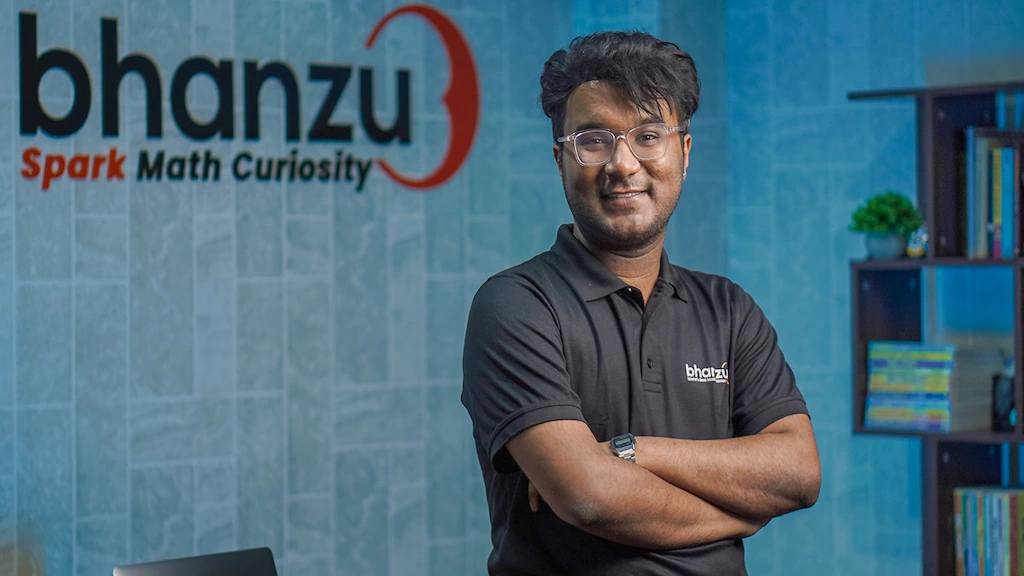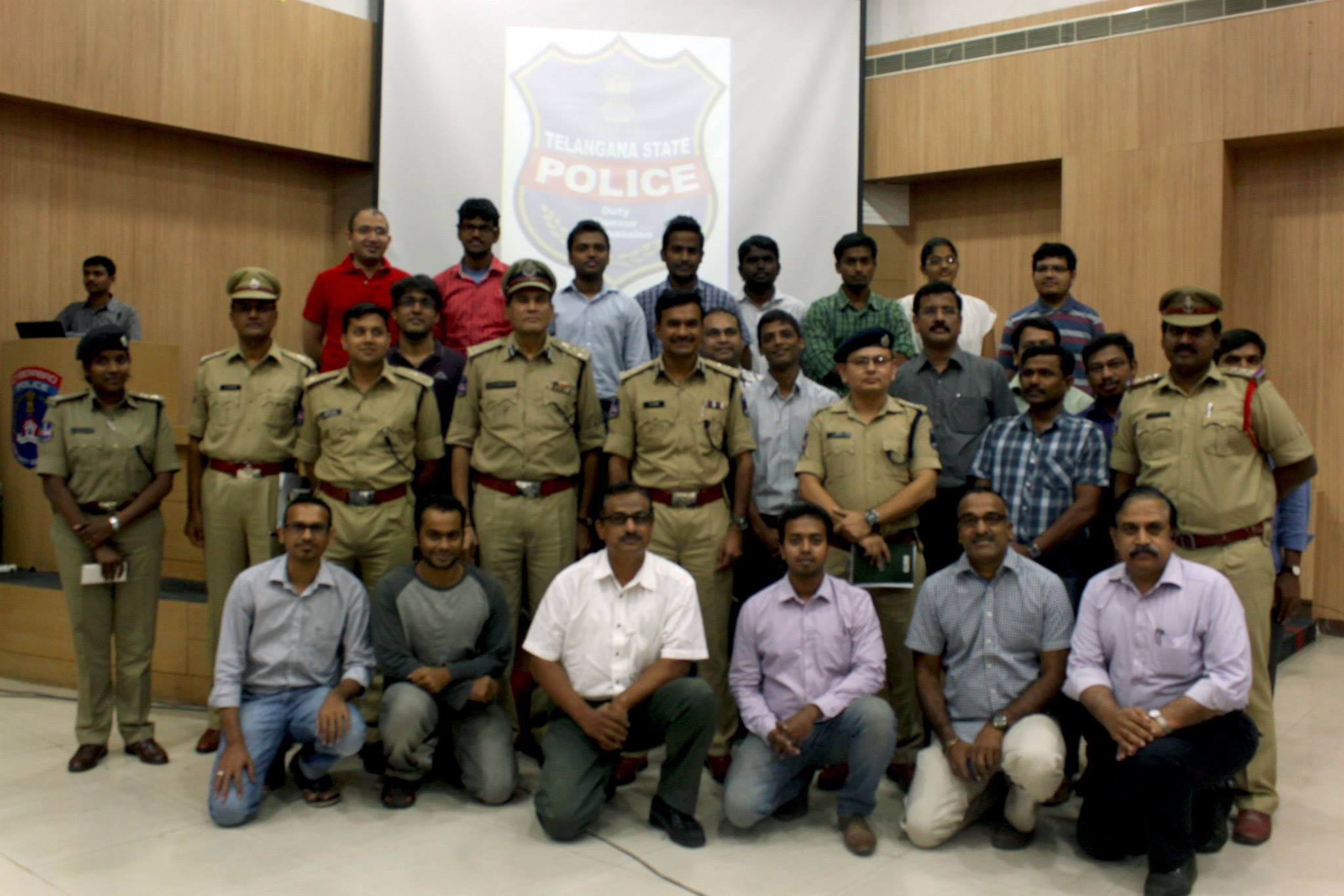
The angel of co-creation smiled, when the warm, welcoming Law officers and dedicated engineers had found which twos to put together. The week of conversations, ideation and rising excitement was finally over, Safety Devthon entered its Hackathon stage.
The details of the pre-event at the Cyberabad Police Commissionerate that I earlier shared can be found here:
pre-event
Technologists, designers and engineers collected once again at Cyberabad Police Commissionerate to produce practicable services both for the Police Department and the public alike. Coated with encouragement that the law officers showered on the event, the participants glowed with ideas that were waiting to form into prototypes.
Prototypes of two days” worth had all earned the excitement that was issuing from the Room. Before distinguished guests like DCP Madhapur and representatives of the Cyberabad Security Council, were waiting to be displayed demonstrations of all that the combined efforts..
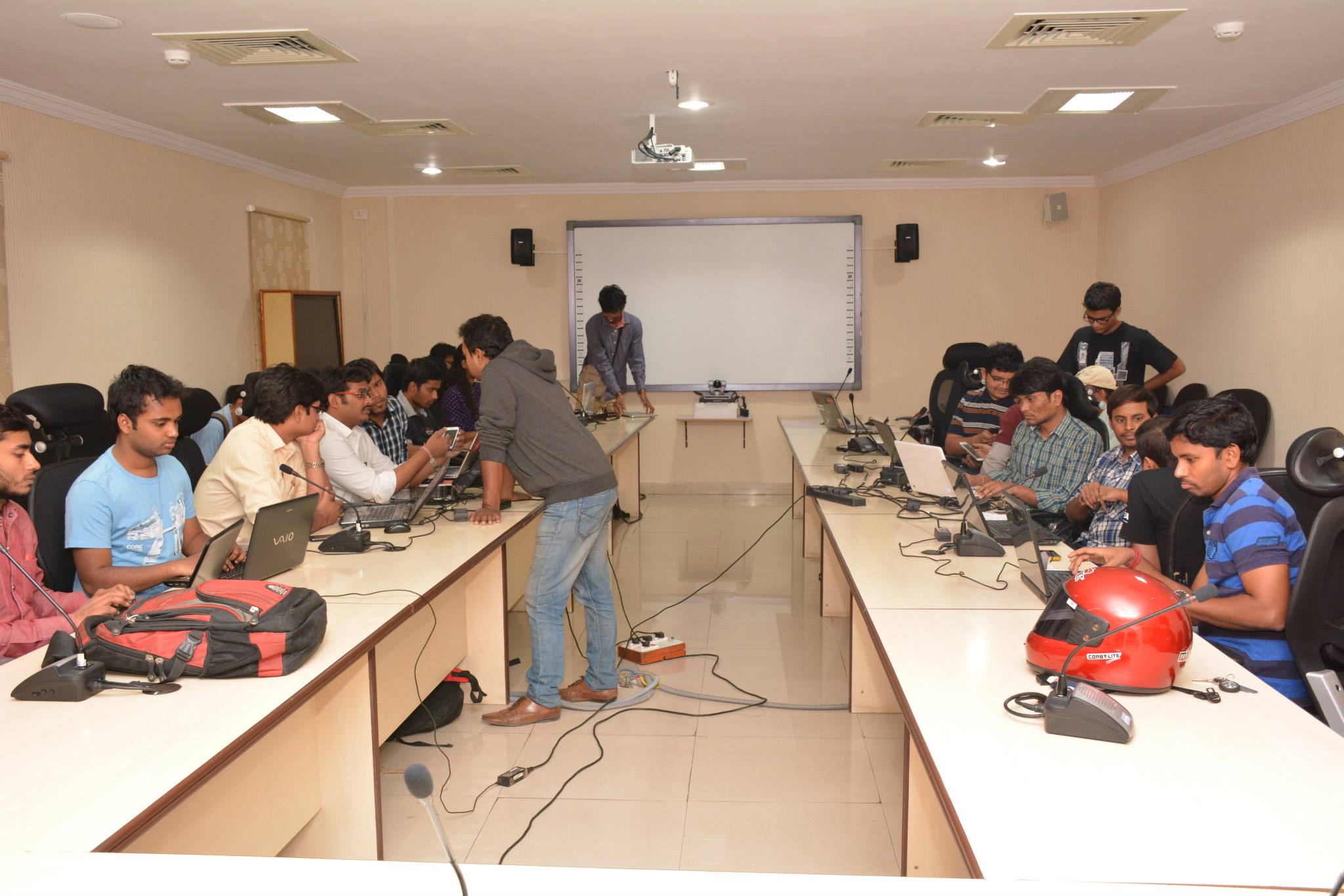
Childhood games of chidiya ud(literal :bird fly, implication: only birds fly) were reconstructed, when 3rd year students from MNRIT came onto the presentation stage. Before us in all its rotund entirety, was, AirCop, a flying sphere. An autonomous Air Surveillance model could be used in emergency situations where police access was difficult. Remote operated(as of now), the AirCop enter a floor of a building could orient itself in 6 directions, and be put to uses like incident reporting and data collection. It beat existing competition from MAVs through endearing spherical shape, which could protect itself from obstacles.
Next up, was the Challan Alert, an elegant website for what was commonly agreed, public behavioral change.The challans in the city were in a sorry state ; 3.5 crore registered, with only a 25% retrieving rate. The revolutionary Challan-Alert, inputting just the vehicle number, crawled the database of the Police Department and automatically generated the entire record of challans against that vehicle. An easy e-mail that notified the citizen of a pending challan was automatically generated and sent. Challan Alert gave a shifty farewell to the snail-like paper challan, doing the rounds in “un”permanent mailing address. Challan Alert became a two-way solution for the police too. Using such an effective automation, they could easily organise their static challan database into a neat, compartmented framework.
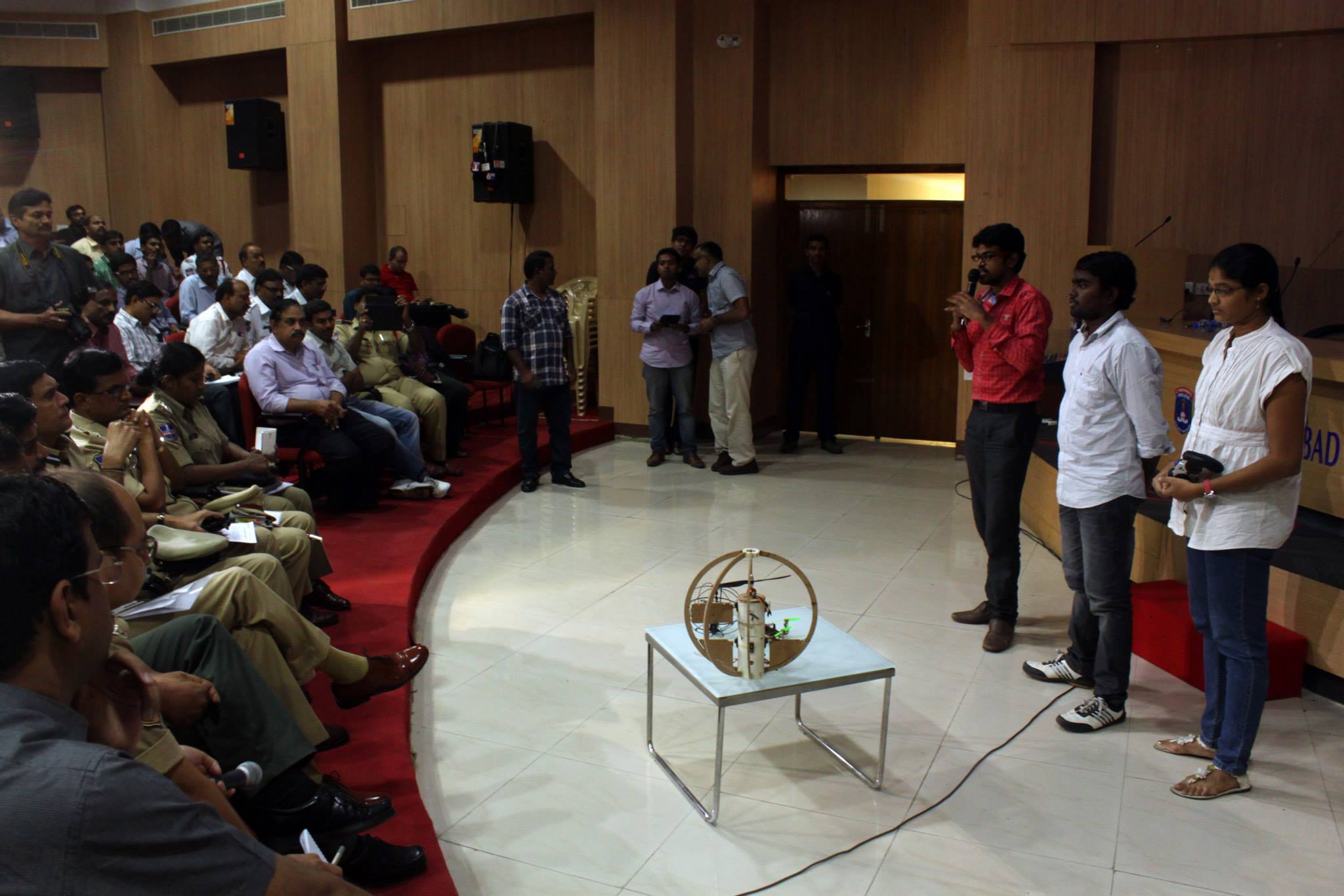
Next came the CopCom, a secure internal communication device, washing away the existing radio communication by a fair margin. In the pre-ideating stage, we were told that the police used Whatsapp etc to communicate between different stations. The radio frequency was easily tapped into by anyone who tuned into it. CopCom promised to be a heavily encrypted, secure communication system that allowed only the police personnel to pass not just voice messages but images and texts to each other. A server was built specifically for the police, so that all the exchanged data was stored only in that server, instead of being put on any others like Whatsapp etc. The data that got stored on the server also became easily retrievable for future use.
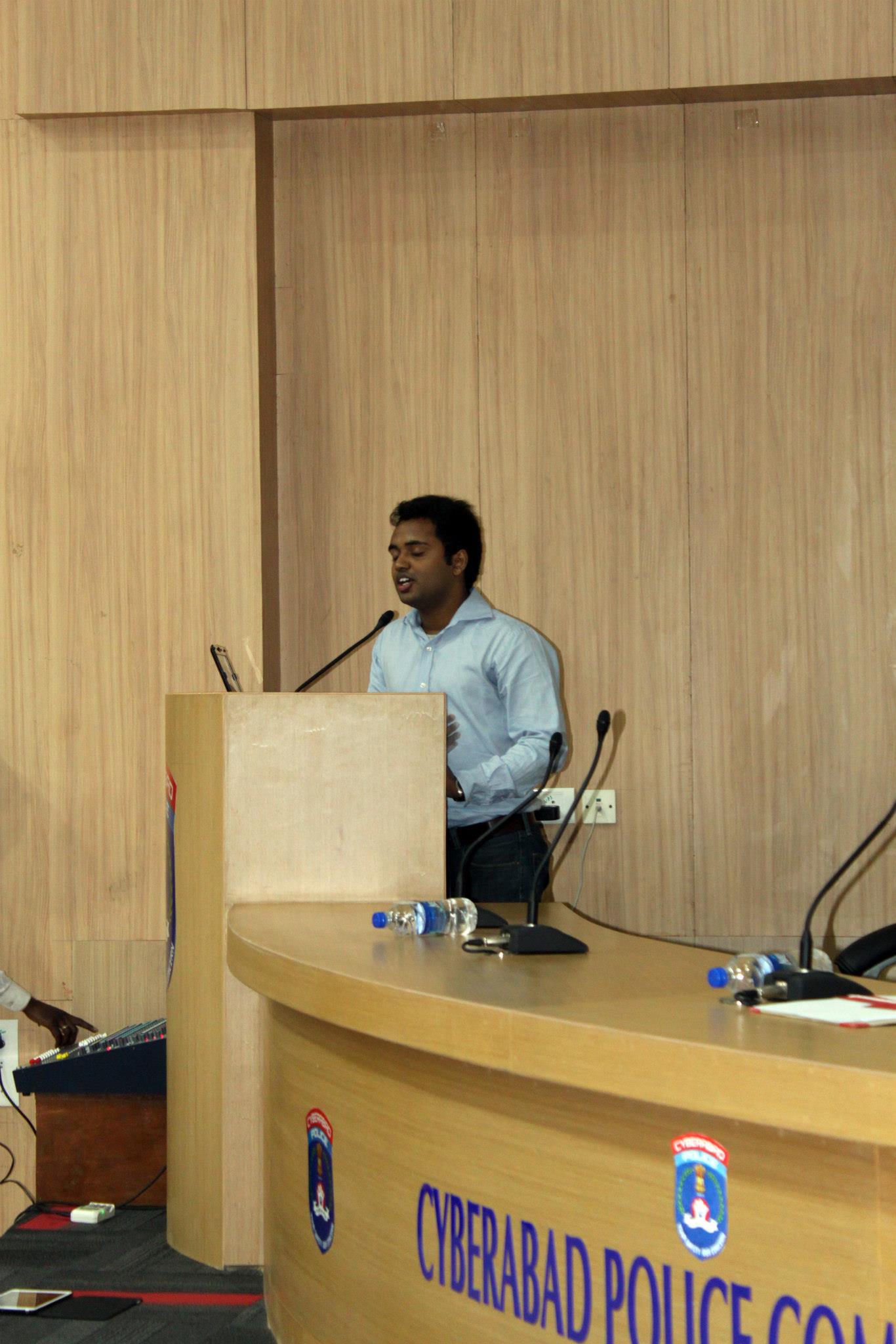
The IIIT students turned to look around for a problem, and found it sitting right at the Traffic Lights. Usually at certain time slots, evenings and morning, the traffic moved only in one direction. As a consequence of which, the innocuous opposite-direction vehicles stood at the junction for 120 seconds, waiting for the non-existent traffic to clear. In a paradigm shift that outdated existing OR methods, the students gave the voyeurist CCTV camera, a calculating, adaptive intelligence. In other words, the power to see. What lay before us was the Adaptive Traffic Controller. Adaptive, as it could calculate the traffic density every 50 seconds, analysed the flow pattern and give the Green Signal when the traffic wasn”t too high. They proposed to also put it out on the cloud so that all commuters could study the traffic patterns before choosing a route.
Cameras, and their relationship with human lives have always felt somehow, alive. Harmonies of emotions apart, designers and technologists brought the camera to real life. Cameras at Devthon today, could see.SmartTracker was a staring camera turned smart-camera, that could use police databases to access criminal records extract their photographs, degrees of their crime, facial attributes etc. It used the attributes of that information to recognise the noted criminals/blacklisted people from a teeming crowd. The police officers felt that such a device could make their job a whole-lot easier, almost like a dream come true.
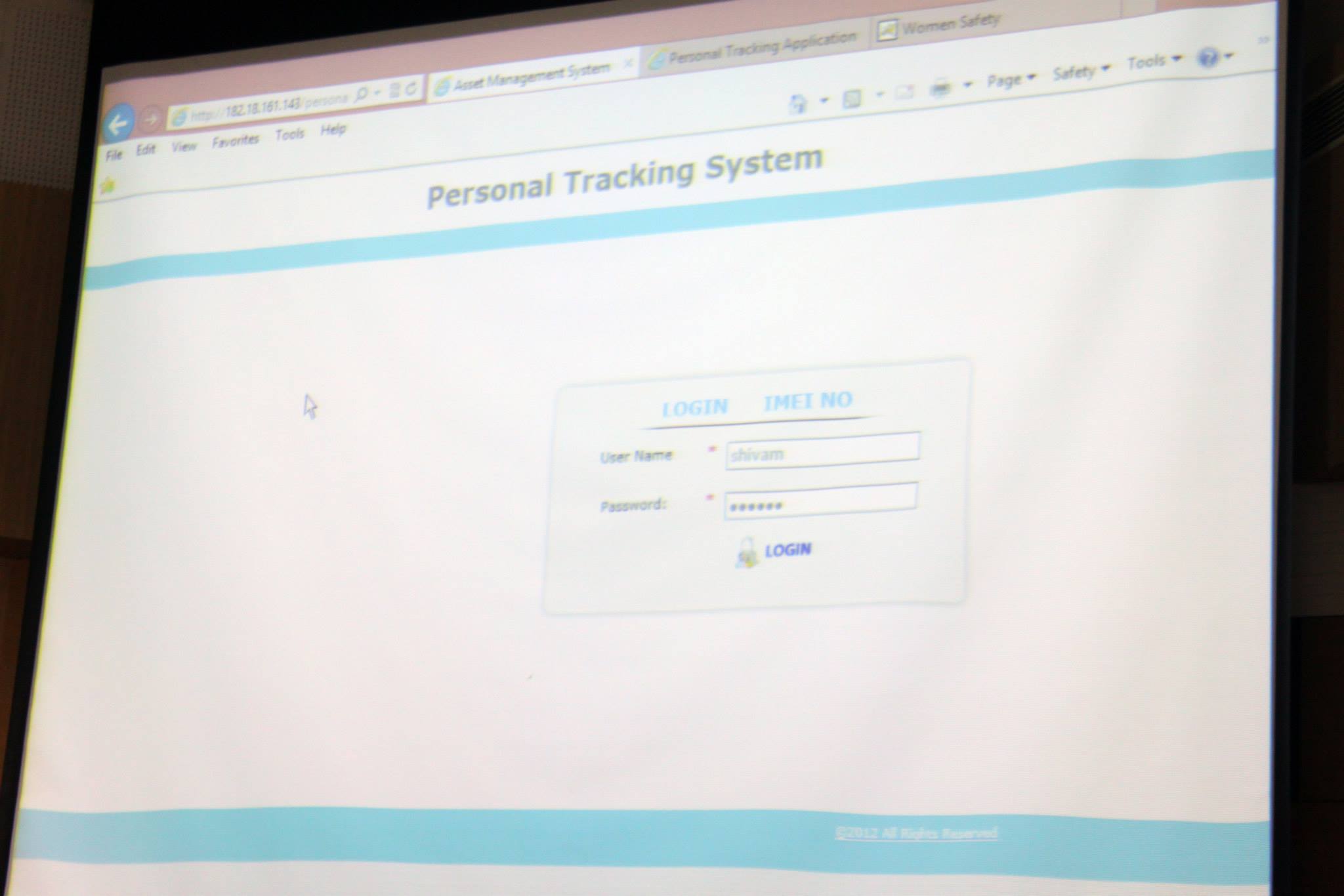
Devthon was fast moving towards the most pressing issue of the public and government alike: Safety for Women. Sometimes, allegedly minor issues like eve-teasing and cat-calling are ignored, because of the protracted criminal procedures that follow. Such harassment, even though seemingly light-hearted has serious consequences when not responded to.
In fact, even before a crime is reported, the associated questions stop the complainant. At Devthon, we created that solution.
HarassReport, a one-touch app provided a tik-tik solution to social issues at hand. Using the app, the user could maintain her anonymity while reporting a case of harassment. This would give the police an immediate notification of the crime, and greatly help in plotting the areas of higher crime-density. So far, the police had their own maps of crime-density areas, but these were completely bereft of any citizen intervention.
The app also provided a one-touch access to an immediate contact, a friend, a husband, or any trusted local in case of emergency.
Questioning the smartphone fanfare, some of the technologists decided to look beyond. With a simple buzz of a hand-held device, their GPS mapped Safety Tracker could send exact coordinates of the crime to the nearest police station. In addition, it could also have the police trace a vehicle going from one point to another. The crowning glory of Safety Tracker was the SOS feature, that with a single touch, sent alerts to the nearest police help. The police officials thought this was a very effective alert system for Police Stations, so long as it could control the potential noise of overuse.
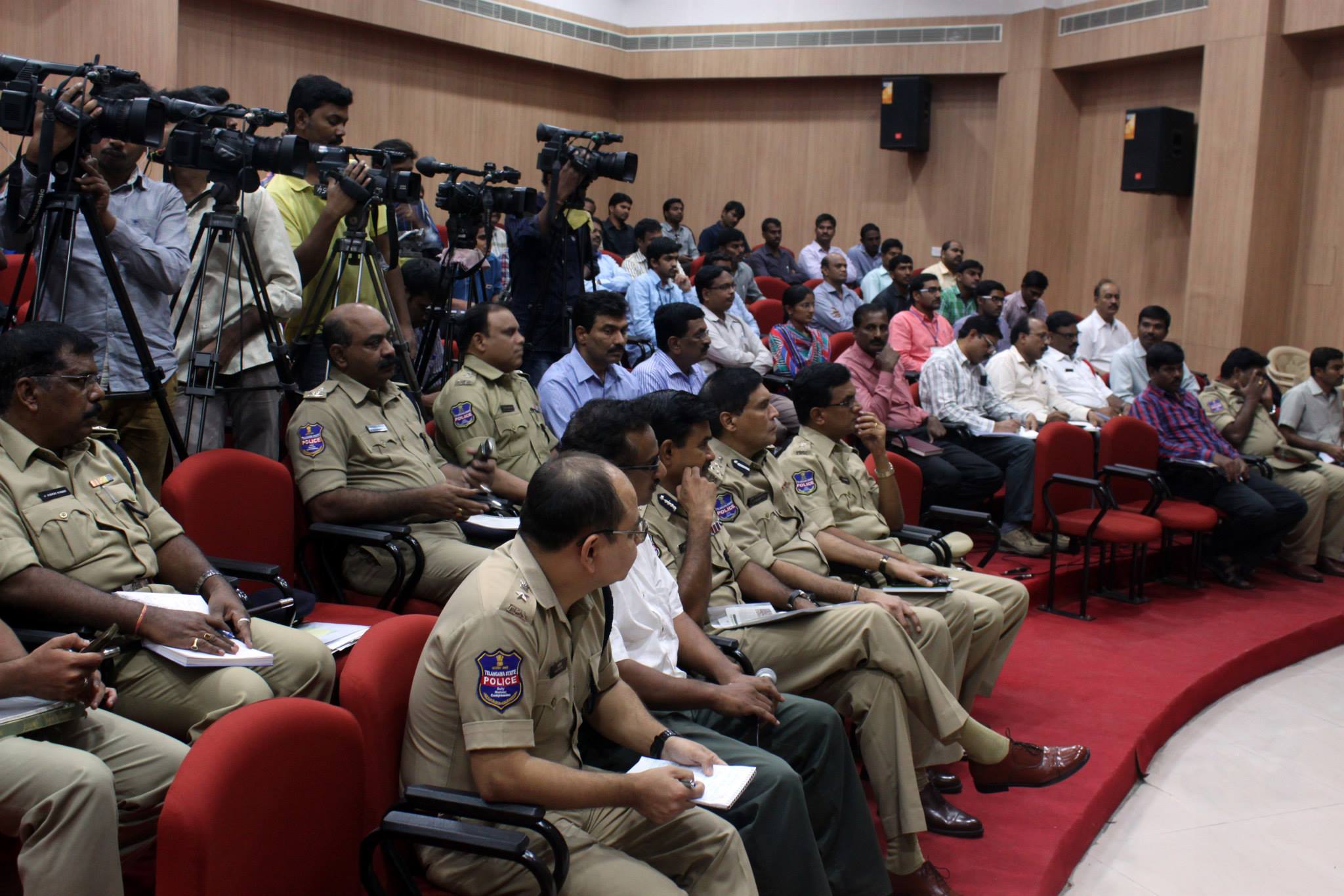
The last prototype of the day was VacationOn, developed by the Mavericks. Replacing the age-old tradition of physically making the cops aware of your absence, you could do that now with a one-touch app. VacationOn was developed for 3 platforms, the web, the android and also the SMS systems. While the android based version could help in the In close integration with Google Maps, the activated database could allow the police to make a data-driven patrol plan for different areas.
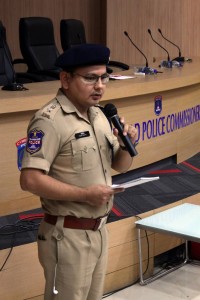 In giving us access to their top security data, tours around their control rooms, interaction with their top officials and communicating their challenges, the Cyberabad Police Commissionerate created layers of trust that couldn”t be created any other way. Extending such warmth and encouragement in the direction of the law officials ensured that a safer Hyderabad could be created through simple measures like co-creation.
In giving us access to their top security data, tours around their control rooms, interaction with their top officials and communicating their challenges, the Cyberabad Police Commissionerate created layers of trust that couldn”t be created any other way. Extending such warmth and encouragement in the direction of the law officials ensured that a safer Hyderabad could be created through simple measures like co-creation.
Website: devthon.org








